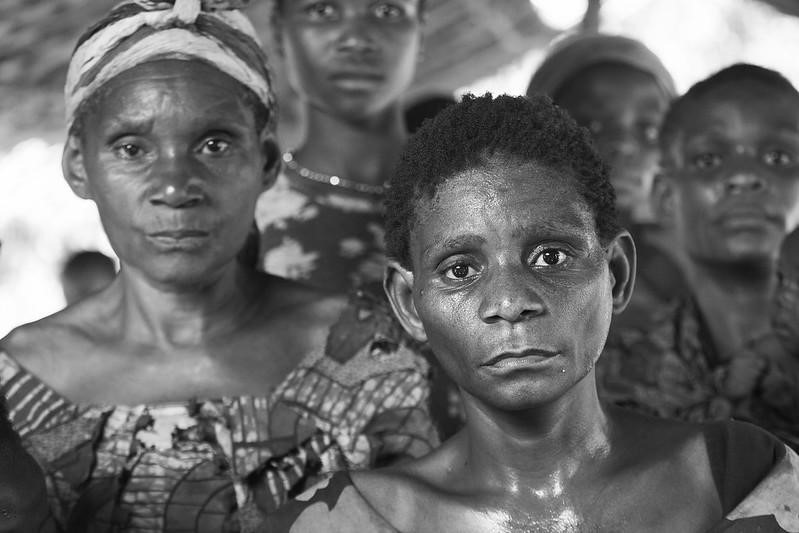
We’d like to showcase the work of Helen Nde, whose project Mythological Africans is an exciting exploration of the diverse mythology, religion, and folklore of the African continent.
Helen has a forthcoming book, The Runaway Princess and Other Stories, a collection of short stories recounting the deeds and misdeeds of memorable women from African history, legend, and folklore. You can support the Kickstarter project for the book here. There is an extract from the book here.
Helen describes the book here:
Seeing beyond the unknown other in folklore
Whether they are fueling our fever dreams or feeding our fantasies, otherworldly creatures have one thing in common: they are often our best approximations of the unknown other. In recent times, however, changelings, zombies, blood suckers, shapeshifters and other things that normally go bump in the night have enjoyed pop culture revivals which do not always cast them as the feared and fearful unknown. This revival is evident too in works of fantasy, magical realism, or speculative fiction by African authors. Ogbanjes and abikus, children born to die and return over and over again, are not exclusively harbingers of woe. Revenants fall in love, shapeshifters save the day and monsters speak necessary truths. This literary landscape also promotes efforts empower the marginalized and challenge negative stereotypes previously informed by ignorance.
On the African continent, one of such marginalized groups include the various short statured indigenous hunter-gatherer peoples who live in the dense forests of countries such as Rwanda, Burundi, Uganda, Democratic Republic of the Congo, Republic of the Congo, Central African Republic, Cameroon, Equatorial Guinea, Gabon, Angola, Botswana, Namibia, Madagascar, and Zambia. Encounters between these and other African peoples in the course of the Bantu expansions and other migrations have created a rich body of folklore which, in some stories, cast these forest peoples as magical beings endowed with deep knowledge of the natural world. In other stories, they are tricky and violent cannibals to be avoided at all costs at best or destroyed at worst. These stories most likely reflect the nature of the encounters: friendly or hostile. Migrating populations were, after all, encroaching on and building settlements in territories previously occupied by various hunter-gatherer populations. These stereotypes have persisted to the present day, with forest peoples across the continent simultaneously admired for their close connection to the forests and the knowledge that has yielded over time, but also systematically dehumanized and dispossessed of the same forests which have been their homes for millennia.
It is therefore important as we continue to plumb the folklore of different African peoples for creative inspiration, to recognize when a creature depicted as dangerous or monstrous is in reality a differently abled or bodied person. This is a theme I explore in this excerpt from my upcoming book The Runaway Princess and Other Stories in which I retell traditional African folktales recounting the deeds and misdeeds of memorable girls and women from African history, legend, and folklore. I hope you enjoy it!
